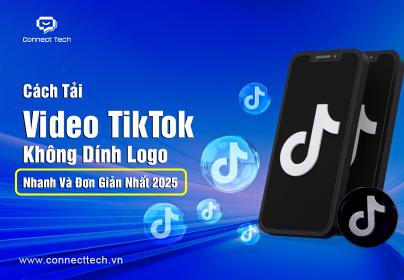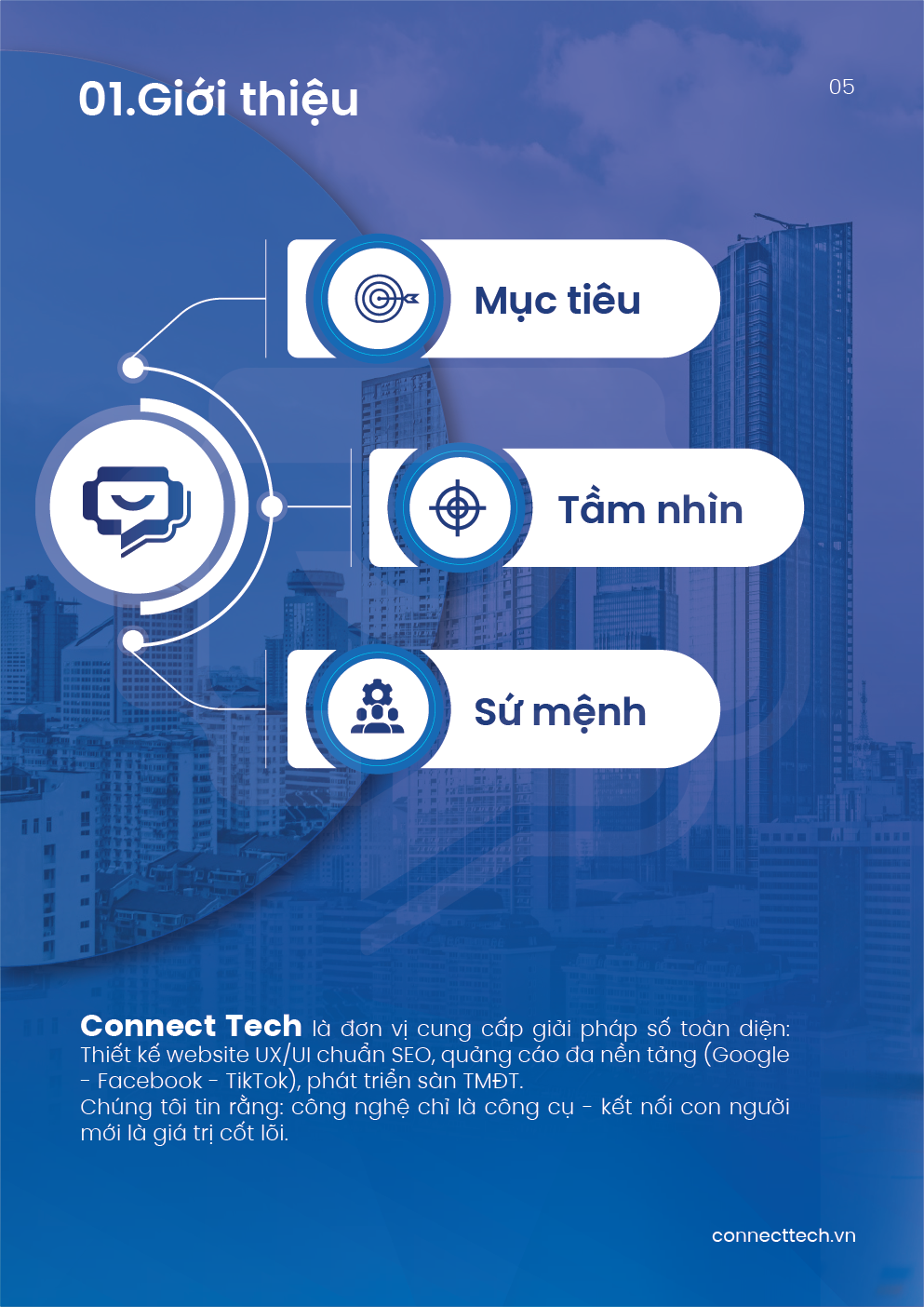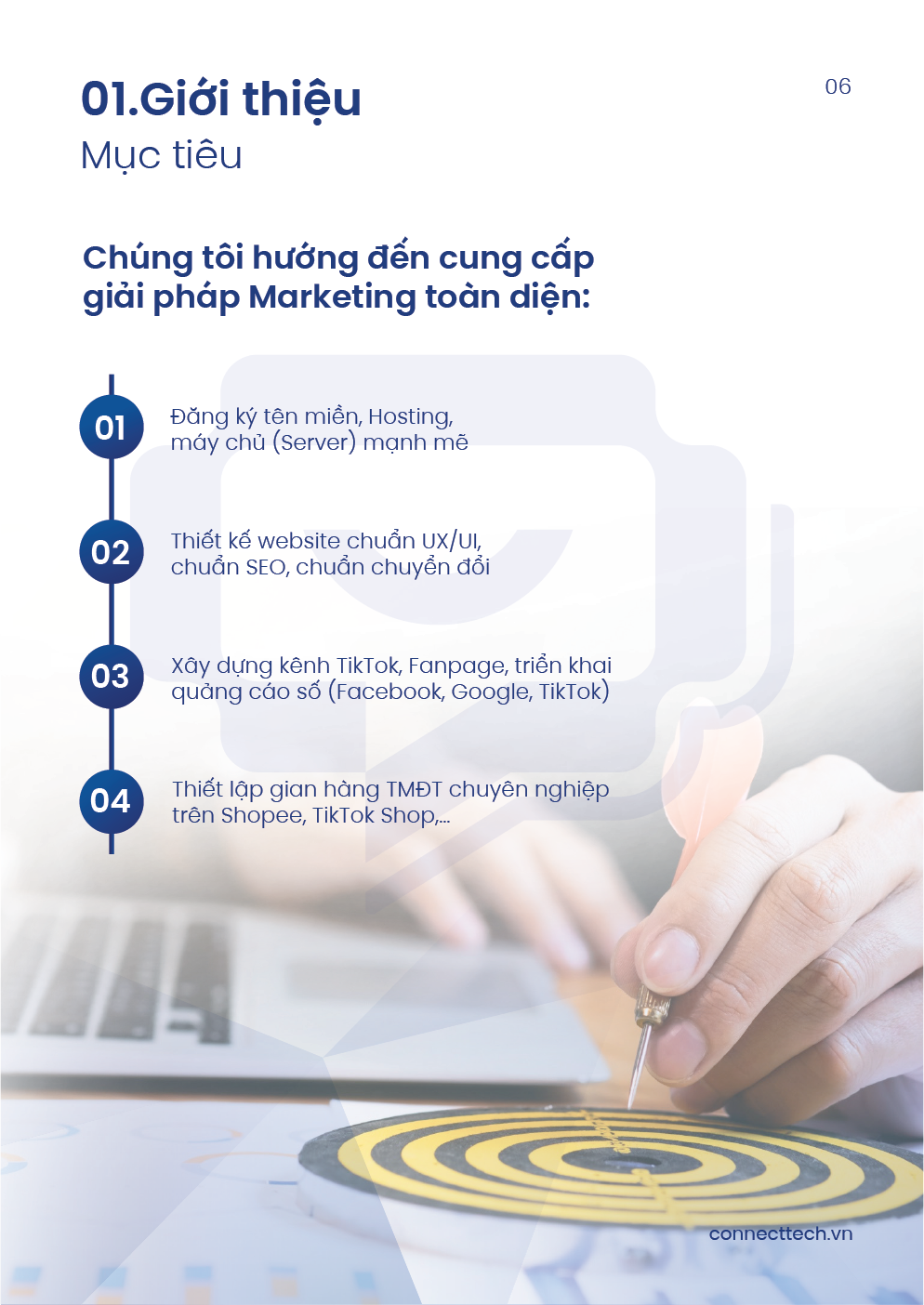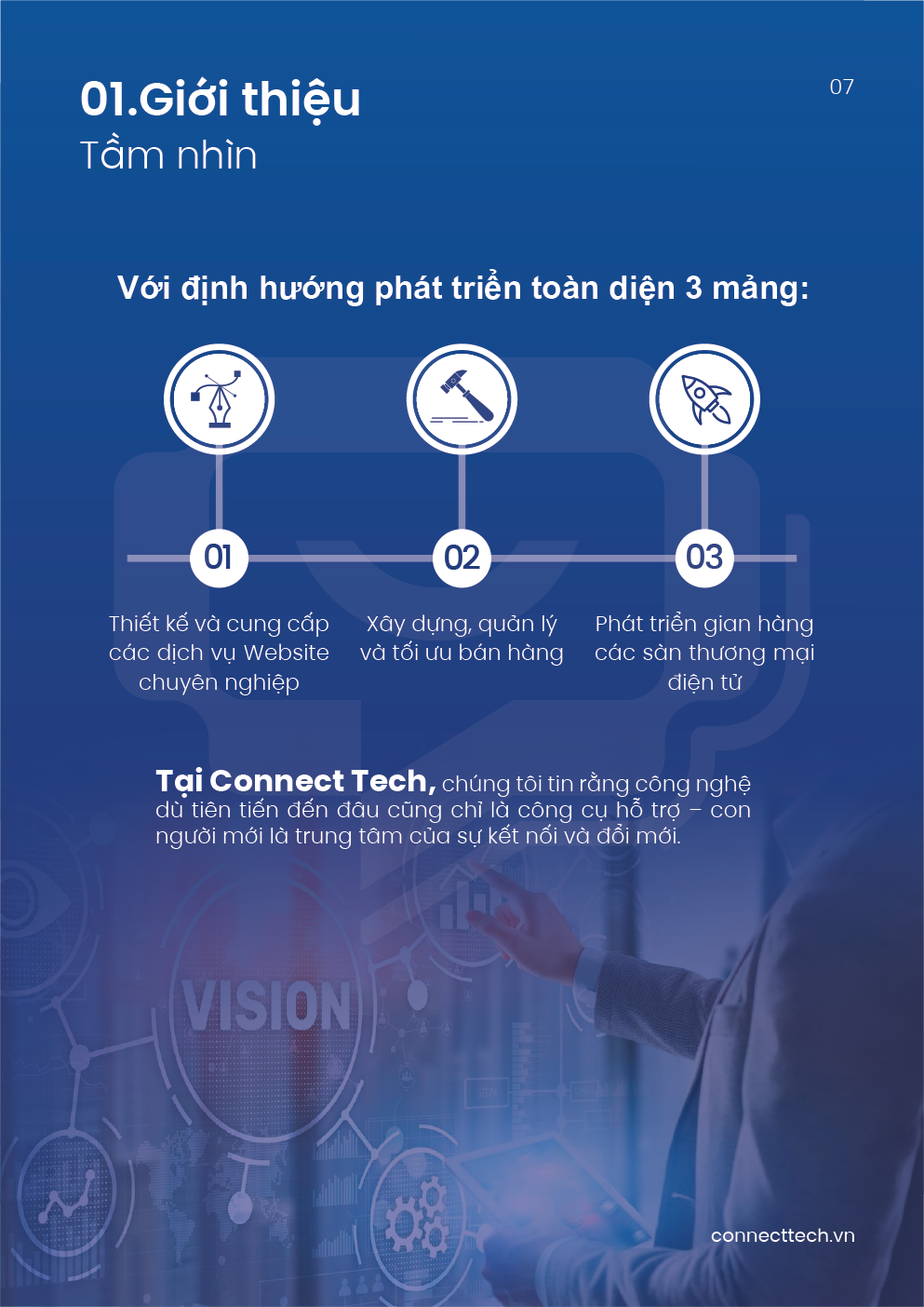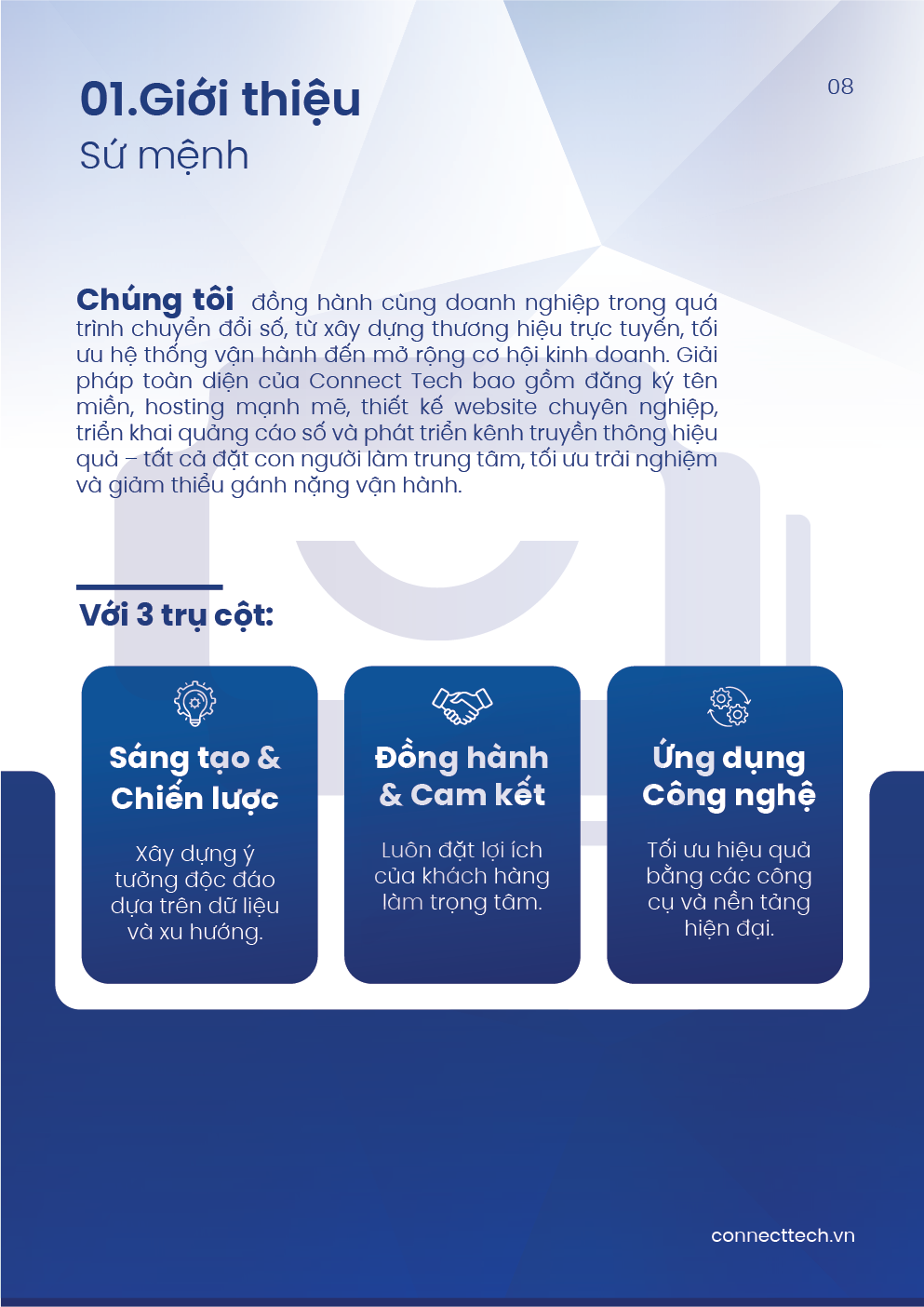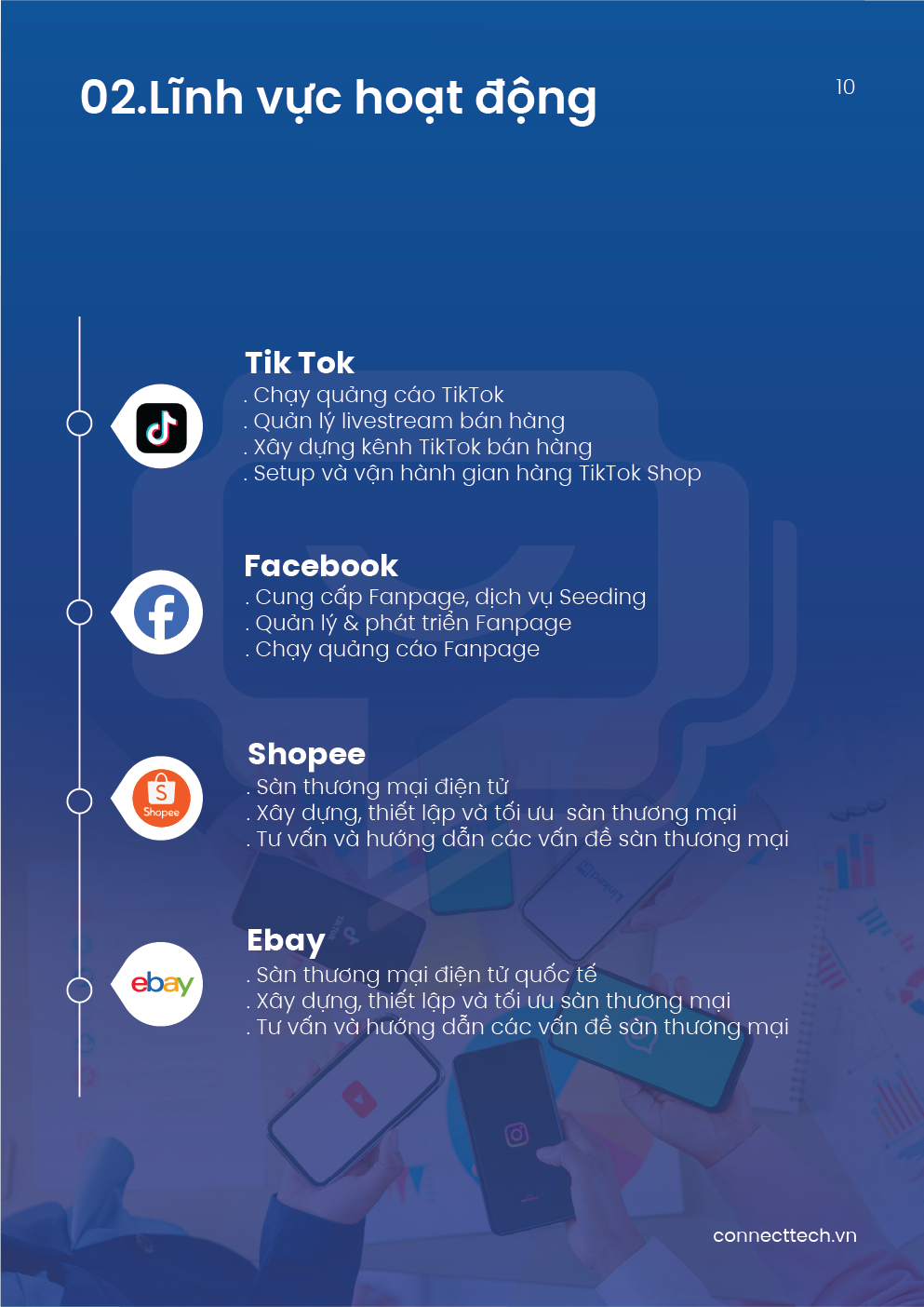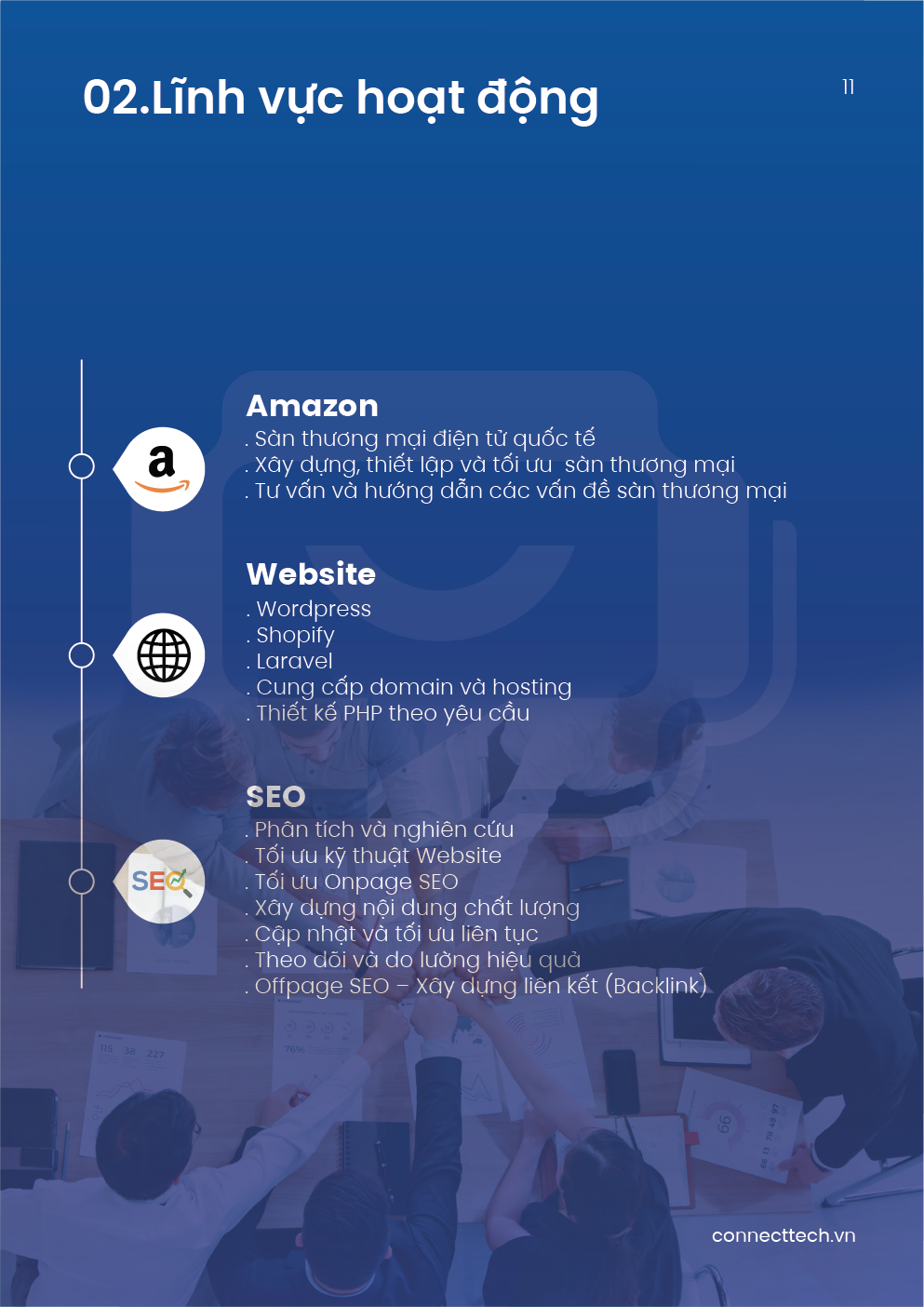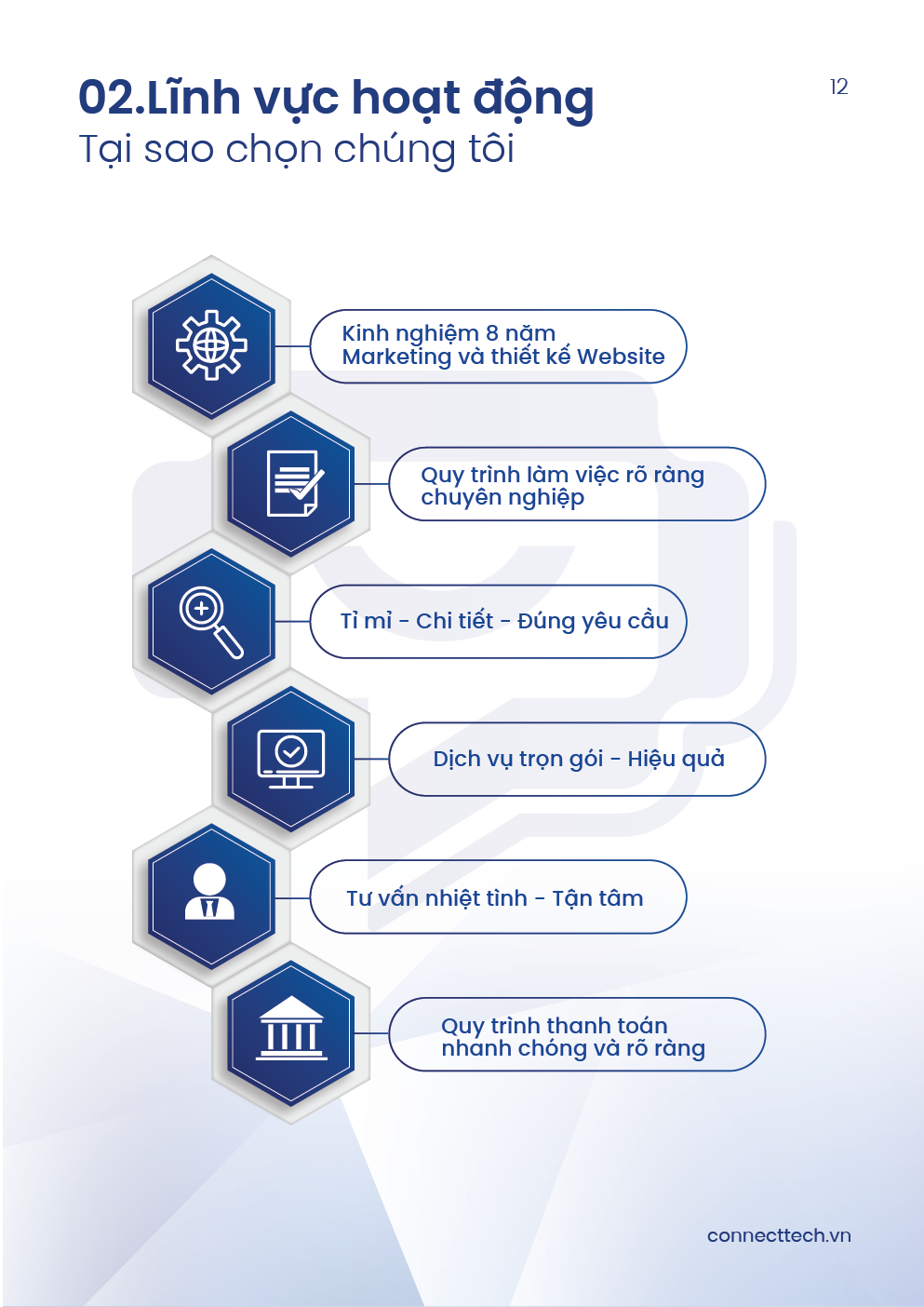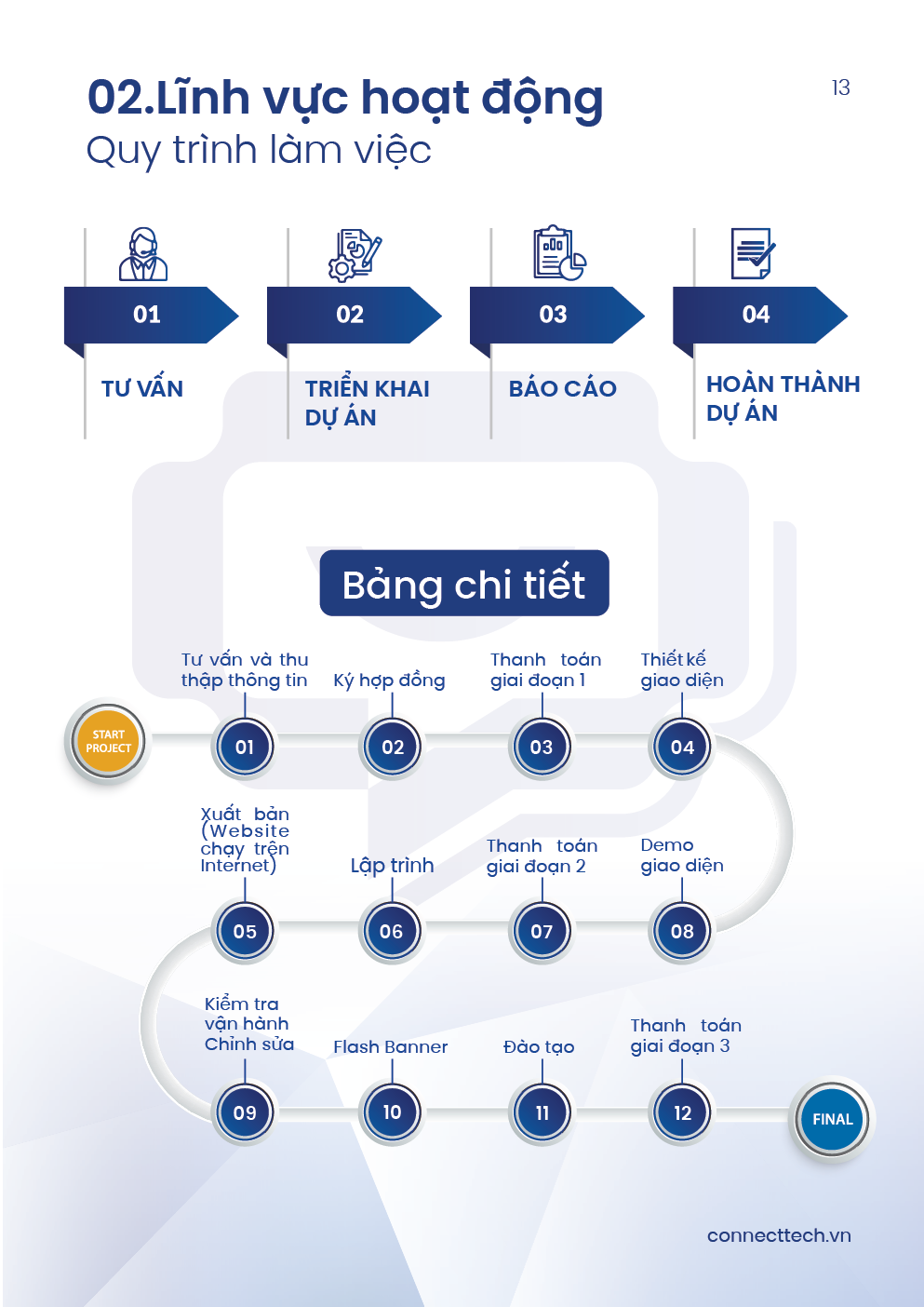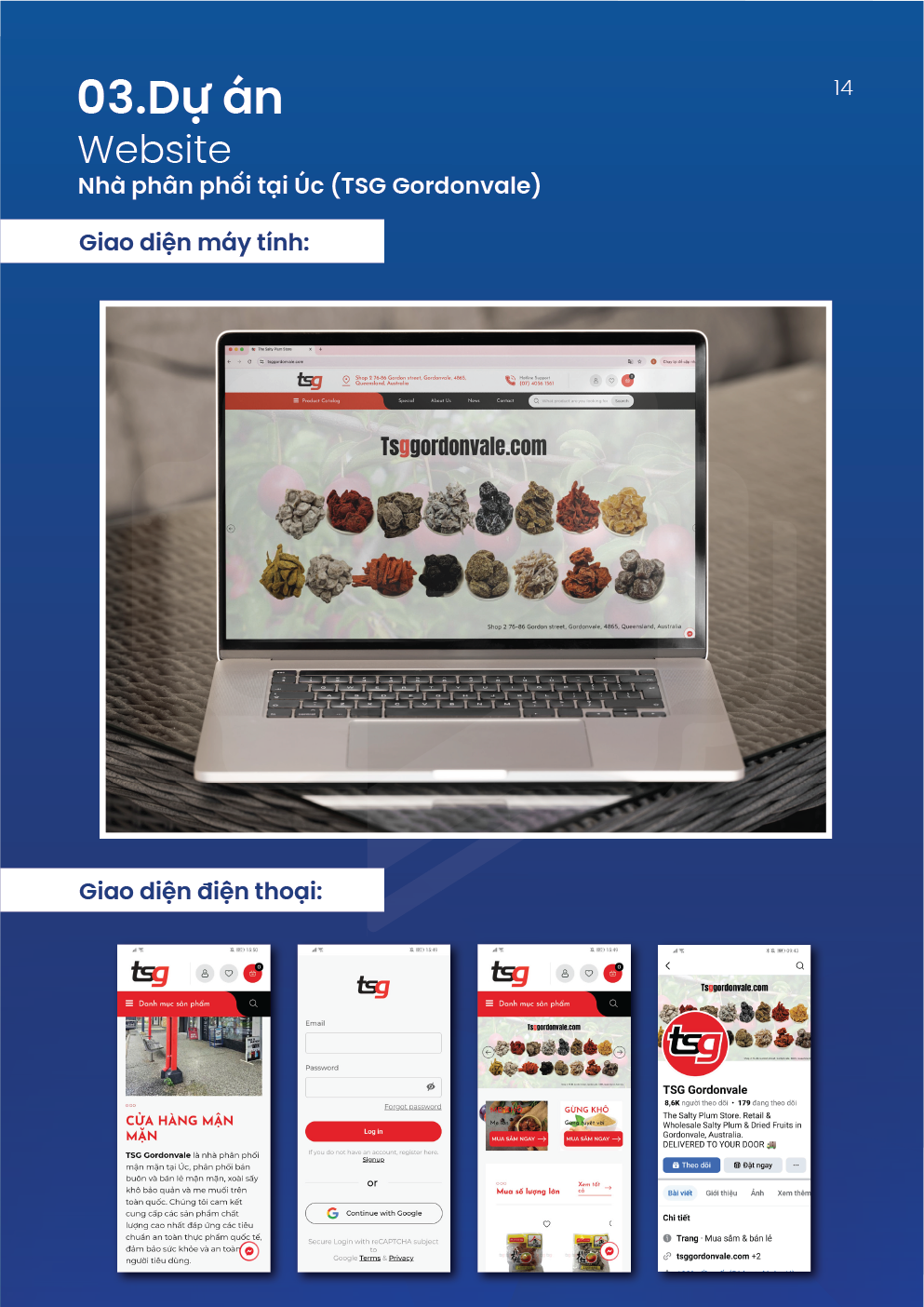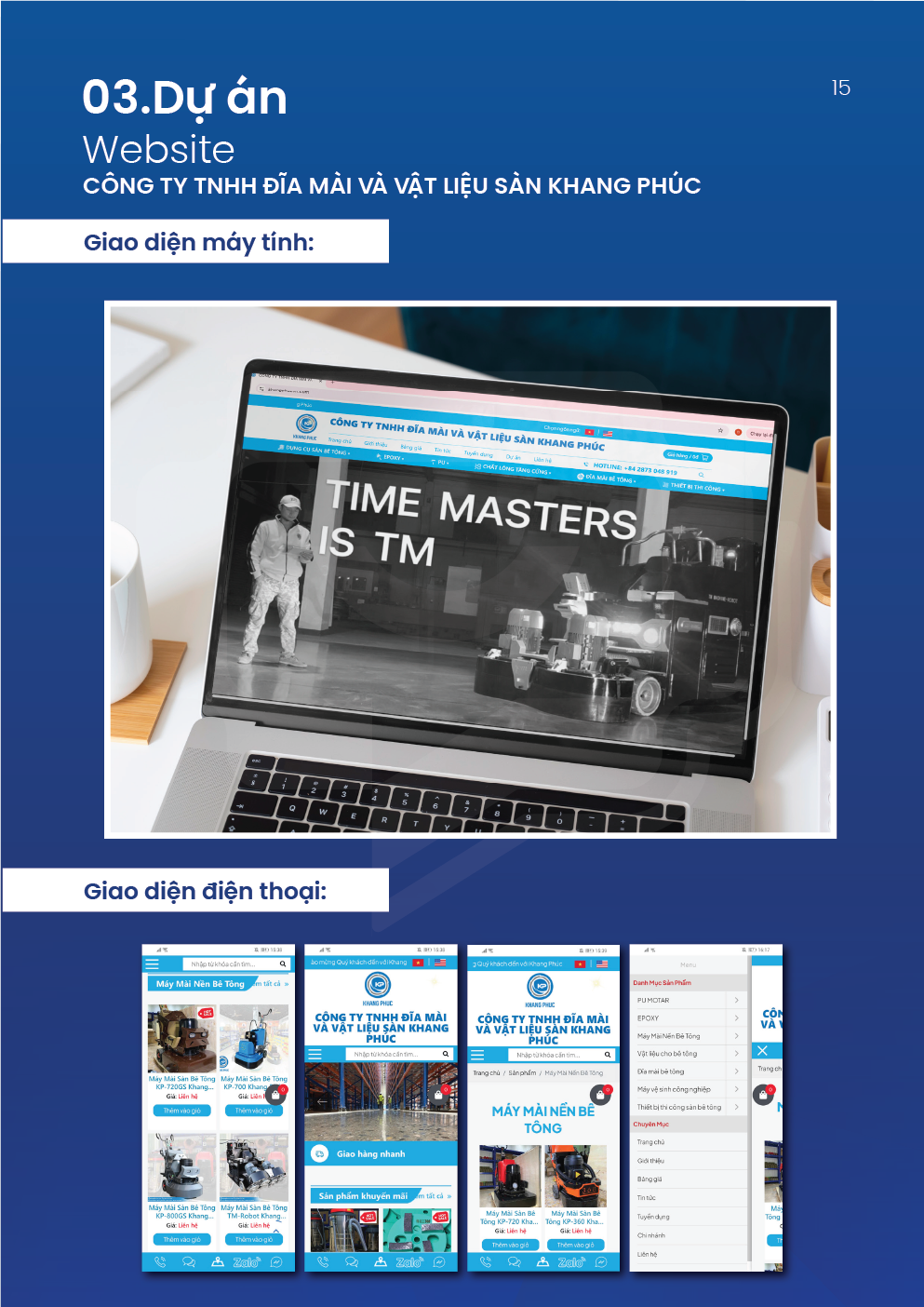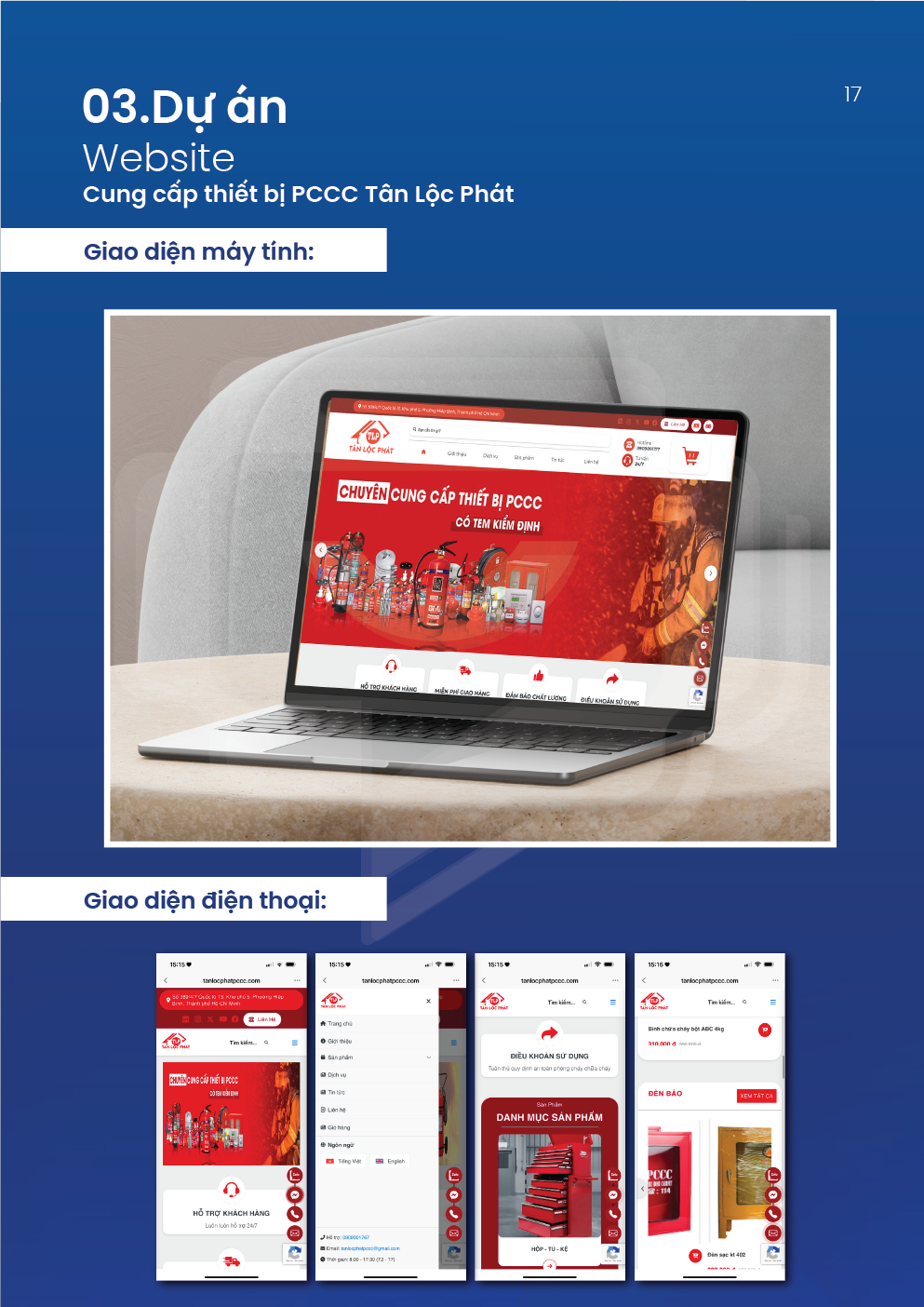What is a Prompt? How to Write Effective Prompts in AI
Learn to write effective prompts so AI understands requests accurately, delivers precise results, supports creativity while optimizing learning, work, and life.
02/10/2025
loading...
Artificial Intelligence (AI) is gradually becoming a useful tool in daily life, helping people change the way they approach and solve everyday problems. However, for AI to respond accurately, we need to know how to communicate with it through prompts commands or instructions entered by the user.
So, what is a prompt, why does it play such an important role in leveraging AI, and how can we write effective prompts to achieve the desired results? Let’s explore in detail in this article.
I. What is a Prompt?
A prompt can be simply understood as an “instruction,” “command,” or “request” that a user gives to Artificial Intelligence (AI). It serves as the input that helps AI understand your goal, then analyze and generate an appropriate response.

This process can be visualized as a circle:
- The user provides input (prompt)
- AI processes and analyzes the information
- Returns an output that is accurate and contextually appropriate
Prompts are not limited to text alone. Depending on the type of AI, prompts can take many different forms:
- Questions: For example, “Explain the law of universal gravitation.”
- Requests: “Write an advertisement for a skincare product.”
- Paragraphs or code: Providing specific context for the AI to process.
- Images or audio: For specialized AI models such as image-generation AI or voice-processing AI.
The most important point is that the clearer, more specific, and context-rich a prompt is, the more accurate and useful the AI’s output will be. This is the key to fully leveraging the power of AI.
II. The Role of Prompts in AI
A prompt is not just a command; it is a way for humans to communicate and collaborate with artificial intelligence. A well-written prompt brings multiple benefits:
- Helps AI understand user needs accurately: A precise prompt allows AI to grasp clear objectives and respond directly to the core, rather than producing irrelevant or scattered results.
- Optimizes work efficiency: When you know how to write specific prompts, AI can process requests faster, reduce errors, and save time compared to repeated trial-and-error attempts.
- Enhances user experience: Clear prompts lead to high-quality responses that meet expectations, making AI genuinely useful and easy to use.
- Expands creativity: Through prompts, AI can suggest new ideas and unique solutions that users may not have considered, which is why AI is regarded as a powerful tool for supporting creativity.
- Applies across many fields: Prompts are widely used in education (solving exercises, research), marketing (writing ads, campaign ideas), programming (writing code, debugging), business (data analysis, forecasting), and content creation (writing blogs, scripts, poetry).

III. Common Types of Prompts
1. Zero-Shot Prompting
This is the simplest way to write a prompt, where you provide a direct request without any examples. The advantage is speed and time efficiency, but the limitation is that results may be inaccurate if the task is too complex.
2. One-Shot Prompting
Provides a single example to help the AI better understand the context. This type yields responses closer to user expectations, but for complex tasks, one example is often not enough.
3. Few-Shot Prompting
Provides 2–5 examples for the AI to learn a specific style or rule. This approach improves accuracy, especially when mimicking a writing style, but it takes time to prepare the examples.
4. Chain-of-Thought Prompting
Requires the AI to explain its reasoning step by step to reach the result. This type is suitable for mathematics, logic, and data analysis, but it may produce lengthy or overly detailed responses.
5. Iterative Prompting
The user continuously refines the prompt after each AI response to achieve the desired outcome. The advantage is flexibility and optimized results, but it can be time-consuming due to repeated trials.
6. Negative Prompting
Emphasizes elements that the user does not want to appear in the response. This method helps tightly control content, but setting too many constraints can reduce the AI’s creativity.

7. Comparison / Evaluation / Scenario Prompts
These prompts require the AI to analyze, compare, make judgments, or handle a specific situation. They are suitable for research, marketing, and strategic analysis, but the prompt must be clear to avoid vague or generic results.
8. Prompt Chaining
Breaks a task into multiple steps and then links the results together. This method is especially useful for complex tasks, allowing the AI to process logic step by step, but it involves more stages and takes additional time.
Read more: What is DeepSeek? Explore the powerful AI platform from China.
IV. How to Write Effective Prompts
1. Clearly Define Your Goal
Before entering a prompt, identify what you want the AI to accomplish: writing content, explaining a concept, analyzing data, generating ideas, or giving advice. With a clear goal, the prompt becomes more precise and easier for the AI to respond accurately.
2. Be Concise but Specific
The more specific the prompt, the closer the results will match your needs. Avoid vague or general requests; instead, include necessary details such as the target audience, scope, and desired length.
3. Provide Clear Context
AI needs context to respond accurately. You can provide background information, relevant data, or instruct the AI to take on a specific role (e.g., teacher, marketing expert, programmer).

4. Output Format
Clearly specify the format you want the AI to use in its response: a 500-word blog post, a bullet-point list, a professional email, a creative paragraph, etc. Also, indicate any requirements regarding tone, style, or structure.
5. Focus on “Do’s” Rather Than “Don’ts”
Instead of emphasizing what you don’t want, guide the AI on what it should do. For example, “Write in a cheerful, inspiring tone” is more effective than “Do not write in a dry or boring style.”
6. Experiment and Refine
Writing prompts is an iterative process. If the response is not as expected, adjust the prompt by adding details, changing sentence structure, or including specific instructions. Through continuous experimentation, you will discover the most effective “prompt formula” for your goal.
V. Practical Examples of Prompts
1. Writing a Blog
- Ineffective: “Write an article about AI.” → Too general, resulting in a shallow output.
- Effective: “Write a 600-word article on the applications of AI in marketing in 2025, with a friendly tone and illustrative examples.”
2. Writing a Job Application Email
- Ineffective: “Write a job application email.” → Unclear regarding position, tone, and length.
- Effective: “Write a job application email for a Content Marketing position at a startup, with a professional tone, under 250 words, emphasizing skills in content creation and social media management.”
3. Learning / Education
- Ineffective: “Explain Newton’s law of universal gravitation.” → Can be too dry or technical.
- Effective: “Explain this law to 9th-grade students in simple language, including examples like a falling apple.”
4. Creative Writing
- Ineffective: “Write a poem about autumn.” → Too vague.
- Effective: “Write a 4-line poem about autumn with a romantic tone, using imagery of golden leaves and gentle autumn wind.”

5. Programming
- Ineffective: “Write Python code.” → Lacks context.
- Effective: “Write a Python function to calculate factorial, including comments explaining each line.”
6. Business / Marketing
- Ineffective: “Write a product advertisement.” → Content is too generic.
- Effective: “Write a Facebook ad for a women’s perfume, under 100 words, with a luxurious tone, emphasizing the seductive fragrance.”
VI. Applications of Prompts in Daily Life & Work
Knowing how to create effective prompts allows people to fully leverage AI’s power for learning, work, and creativity.
1. In Learning
Prompts help students and professionals access knowledge more easily. Users can ask AI to summarize books, explain difficult concepts in simple language, or practice foreign languages through Q&A, translation, or writing exercises. This approach encourages active learning, saves time, and increases efficiency.
2. In Work
In office environments, prompts are used to write emails, draft reports, develop project plans, or analyze data. Instead of spending hours, a clear prompt allows AI to produce a draft that users can quickly refine, boosting productivity and reducing errors.
3. In Marketing & Business
Prompts play a key role in creating marketing content, from writing ads, suggesting SEO keywords, analyzing customer behavior, to predicting market trends. This enables businesses to implement effective strategies, save costs, and increase competitiveness.

5. In Content Creation
From writing blogs, composing poems, scripting videos, to generating fresh advertising ideas, prompts help creators harness their imagination and produce high-quality work. AI can broaden perspectives, suggest new styles, or improve initial drafts.
6. In Technology & Programming
Programmers can use prompts to generate code, debug, optimize algorithms, or learn new programming languages. This significantly shortens development time and makes technology more accessible for beginners.
7. In Personal Life
Prompts are not only useful at work but also provide practical value in everyday life. Users can ask AI to suggest travel plans, propose meal menus, organize personal schedules, or offer financial advice. This convenience helps people live smarter and more balanced lives.
VII. Conclusion
Prompts play a crucial role in helping AI understand requests accurately and produce quality responses. A clear, specific prompt makes AI outputs more precise, useful, and aligned with the user’s goals.
Mastering prompt writing not only enhances efficiency when working with AI but also opens up many opportunities for applications in learning, work, and daily life. Start by practicing with simple prompts, experiment, and refine them gradually to turn AI into a powerful tool that accompanies you in the future.
Relate News
Reliable SEO Services in Ho Chi Minh City – The Solution to Boost Your Website to Google Top
Looking for a reputable SEO service in Ho Chi Minh City to boost your brand, rank your website on Google and check benefits, pricing, and the right SEO provider
View moreFull Fanpage Management in September – Get Free Advertising Offers Now
Get free advertising service fees with Connect Tech Fanpage Management this September. Professional management, cost-saving, and effective sales growth.
View moreProfessional, SEO-Friendly Website Design in Go Vap
Professional Go Vap website design, SEO standard helps businesses build brands, reach customers quickly, save marketing costs effectively and grow sustainably.
View moreWhy should businesses use Shopee Mall services?
Shopee Mall provides a solution that helps brands strengthen credibility, expand their potential customer base, and boost online revenue quickly and effectively
View moreWhat is TikTok Shop Balance? A–Z Guide to Understanding & Using
TikTok Shop Balance allows users to receive refunds quickly, conveniently and securely, while also enabling direct payments when shopping online on TikTok Shop
View moreConnect Tech – Your Trusted Marketing & Technology Partner
Explore Connect Tech Profile to find website design, SEO, social media, and digital transformation services for sustainable business growth.
View moreHow to Download TikTok Videos to Your Computer Easily
Discover easy and fast ways to download TikTok videos on PC without watermarks, helping you save, study, share, and use them safely and extremely conveniently.
View moreHow to Download TikTok Videos Without Logo Fastest and Easiest 2025
A roundup of methods to download TikTok videos without watermarks, detailed guidance using SnapTik, plus other helpful tools and apps, along with important tips
View moreStep-by-step guide to doing Shopee Affiliate from A to Z for beginners
Discover how to do Shopee Affiliate from A to Z with detailed guidance, quick registration, no capital, attractive commissions, and sustainable passive income.
View moreWhat is Shopee Analytics? A detailed guide for sellers and buyers.
Shopee Analytics is a data analysis tool that helps track trends, compare prices, and optimize shopping and business strategies on the Shopee platform today.
View moreInstructions for Quickly and Accurately Tracking SPX Waybill Numbers
Detailed guide to track SPX tracking numbers, helping you monitor orders real time, prevent loss or delays, and manage online shopping conveniently and safely
View moreKeyword rankings and key factors that determine SEO success
Improving keyword rankings drives more traffic to your website, strengthens credibility, and optimizes conversions through SEO strategies and supporting tools.
View more













